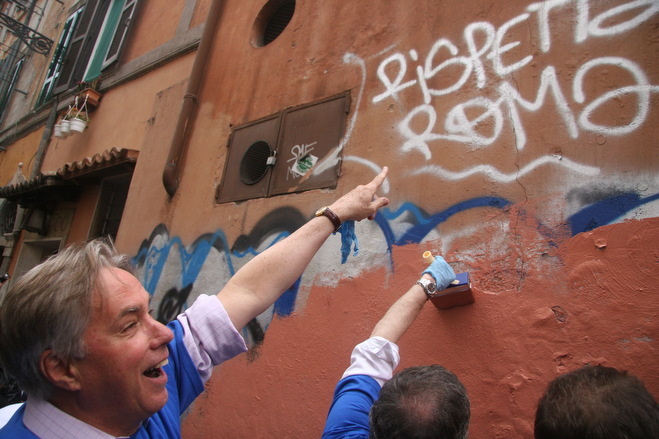
The gladiators of ancient Rome performed in a spectacle that garnered the attention of entire cities. These battles were not only a test of each combatants skill in combat, they were glorious events with beautiful armor detailed with golden accents and horse hair. Gladiators were made victims of their own art, so ironically only the best artist could escape their art. The focus on entertainment was so large that often fighters were only granted their life if they had been deemed entertaining. These events were carefully planned and executed in a very organized way, yet the gore of death never failed to cause a visceral cathartic release. In this essay I will talk about both the artistic side of gladiatorial combat and criminal brutality, I will also draw comparisons to modern fighting such as the UFC.
All gladiators were also artists. They trained not only to kill but to do so in a manner that impressed the crowd. Using un-impressive strategies to win in the arena was seen as cowardly and often led to a faster death. They were highly trained actors forced to gamble with their lives. The Colosseum was the center of the gladiator world, its carefully executed architecture reveals just how much this was a visual art meant to not only entertain but also to evoke powerful emotion and thought. Beauty finds its way even in violence when it is balanced by a beautiful spectacle and arena with fighters who fight in impressive ways. The juxtaposition of the art and the cruelty of Gladiator combat reveals a beautiful art form built on human cruelty.
The cruelty of the fights was more than we could even imagine nowadays. While the Roman crowds enjoyed the fine skills of the fighters, what brought them to the arenas was the promise of death. Even some Romans at the time began to see the moral issues with holding such fights. A Roman philosopher named Seneca questioned the societal impact of the fights, arguing that they desensitized society to horrible violence. While some gladiators reached celebrity status most others the reality was that their lives were expendable with their deaths being momentarily enjoyed by a bloodthirsty crowd.
Gladiators have not existed in a long time but we still see some roots of the ancient practice today. In the UFC for example fighters are set against each other until the time runs out or until a fighter is knocked unconscious. Like in ancient times crowds don’t just come to watch skilled fighters, they crave knockouts. We can’t have fights until death anymore but we still go as far as the legislature will allow. Just like in ancient times the gore is balanced out by the beauty, with fighters wearing flashy clothes as they walk out and other attractions being mixed in. We have moved lengths away from gladiator fights but we still see the underlying structure of it in combat today
A recent example of this was Jake Paul vs. Mike Tyson fight. It was a highly publicized event that drew millions of viewers. But there are significant ethical concerns because of the age difference between both fighters. Tyson is 58 years old and faced a potentially dangerous situation against a 27-year-old opponent. Even though they both fought willingly, how was Tyson supposed to turn down 20 Million dollars for a fight, this led to him putting his life at risk in order to satiate the desires of a crowd much like in ancient times.








Calling gladiatorial combat an art is giving it a lot of credit but your parallels to modern UFC fights and the societal drives behind them hold a lot of weight. Art holds a precarious position catering to the needs of its audience and your exploration of art tailoring to human cruelty makes a great case study. With the audience and social factors to fall back on, any artist or art work can claim to be a product of their time, making an interesting argument for the immortality of art.
While I think that this article made several interesting points on the intersection between modern violence-based sports like UFC and Roman gladiator fights, there are some major differences. Firstly, I think that it is important to note the fact that the majority of participants in the Roman games were doing so nonconsensually as slaves or criminals. This and the fact that they were often battles to the death are some of the major differences when compared to fighting events today. Additionally, you mentioned that “They were highly trained actors forced to gamble with their lives.” While these people were sometimes forced to fight in grand settings that were meant to replicate battles and other famous events like a theater, I’m not sure that I would call them “actors,” because they did nothing but try and survive. They did not choose to be a part of the spectacle but were forced to participate as actors in a cruel and violent theater.